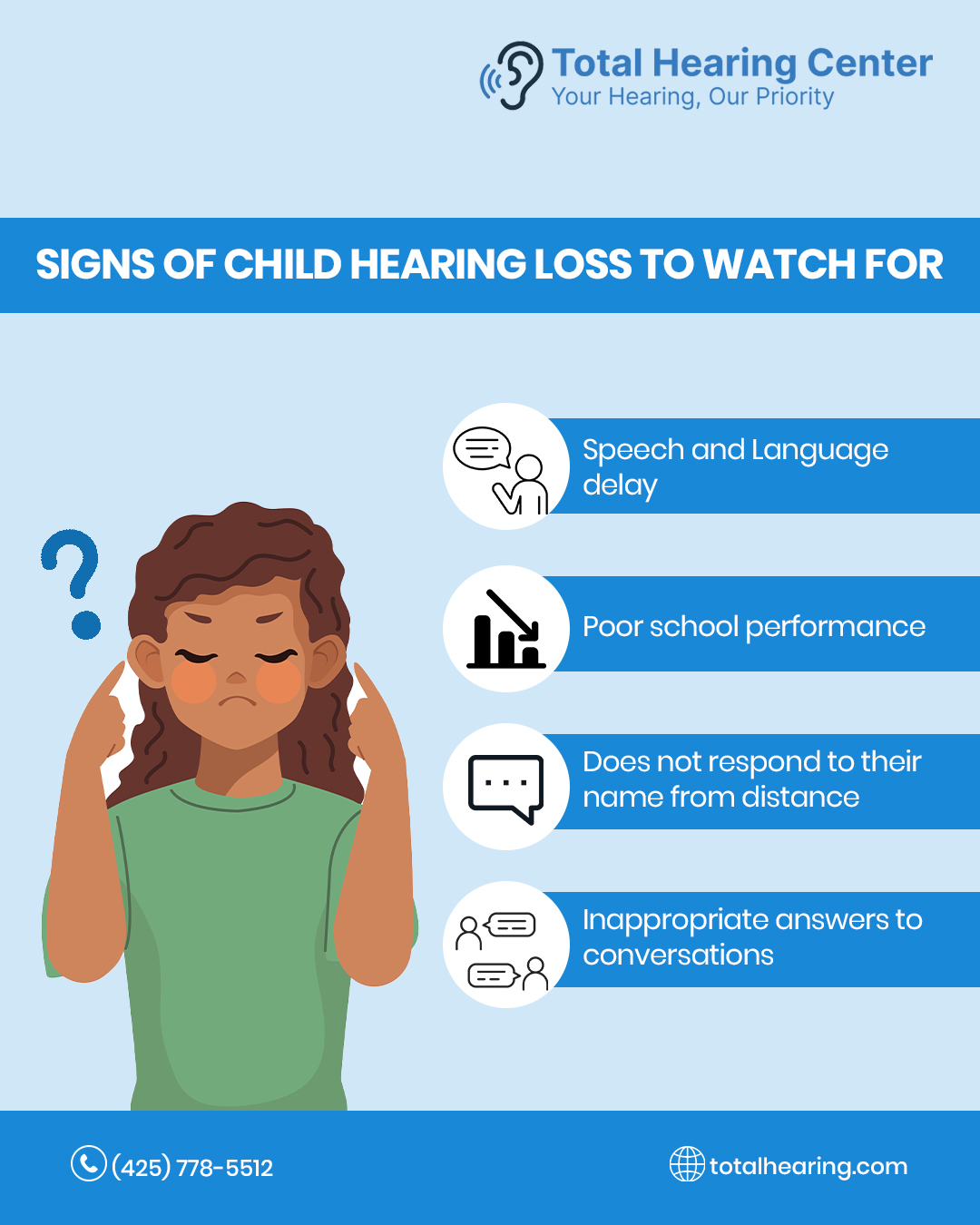Keeping your hearing aids in top condition is essential for clear sound, comfort, and long-term performance. Whether you're new to hearing aids or a long-time user, understanding the importance of hearing aid wax guard replacement, regular earwax treatment, and overall hearing aid protection can significantly improve your hearing experience.
Why Hearing Aid Protection Matters
Hearing aids are sophisticated devices designed to bring clarity back into your life. However, they’re also vulnerable to damage from moisture, dust, and especially earwax. Without proper maintenance, wax can clog the microphone or receiver ports, leading to reduced sound quality or even permanent damage.
Hearing aid protection is about more than just physical safety—it's about preserving functionality. Protective cases, drying kits, and regular cleaning routines all play a role in keeping your devices working like new.
The Role of Hearing Aid Wax Guards
A wax guard is a tiny filter located at the tip of your hearing aid receiver. Its job is to block earwax from entering the internal components of the device. Over time, these guards become clogged and must be replaced.
Why You Should Replace Wax Guards Regularly:
- Prevents sound blockages
- Maintains audio clarity
- Extends the lifespan of your hearing aids
- Protects against costly repairs
Depending on your earwax production and how often you wear your hearing aids, wax guard replacement may be needed every few weeks.
How to Replace a Wax Guard:
- Use the provided tool (usually comes with your hearing aid kit).
- Remove the old wax guard.
- Insert the new one carefully.
- Dispose of the old guard safely.
Always consult your audiologist or manufacturer guide for the correct method and frequency.
Earwax Treatment: A Key to Better Hearing Aid Performance
While wax guards help protect the hearing aid, managing your own earwax buildup is just as critical. Everyone produces earwax, but in some people, the buildup can be excessive, leading to blocked ears, discomfort, and hearing loss.
Signs You May Need Earwax Treatment:
- Muffled or distorted hearing
- Whistling from your hearing aid (feedback)
- Earaches or fullness in the ear
- Visible wax blockage
Instead of using cotton swabs, which can push wax deeper, seek professional earwax treatment. Safe and effective methods include:
- Microsuction: A precise, painless suction method to remove wax.
- Irrigation: A warm water rinse performed by specialists.
- Manual Removal: Using professional tools under visual guidance.
Cleaning your ears properly not only helps your hearing but also ensures your hearing aids function at full capacity.
Tips for Ongoing Hearing Aid Protection
In addition to wax guard replacement and earwax treatment, follow these best practices for long-term hearing aid care:
- Daily Cleaning: Wipe down hearing aids with a soft, dry cloth.
- Use a Drying Kit: Overnight storage in a drying container prevents moisture buildup.
- Avoid Exposure: Keep devices away from water, hair sprays, and heat sources.
- Routine Check-Ups: Have your audiologist inspect your hearing aids and ears regularly.
Consistent care improves performance, reduces repairs, and ensures you enjoy clearer hearing every day.
Final Thoughts
Whether it’s through regular hearing aid wax guard replacement, professional earwax treatment, or smart hearing aid protection strategies, keeping your hearing system in top shape is easier than you think.
Clean ears mean clearer sound. Protected devices mean peace of mind. Don’t wait for issues to arise—make hearing health maintenance a priority today.





Comments